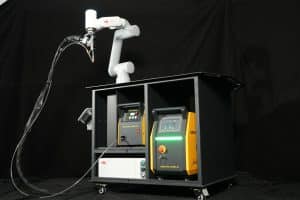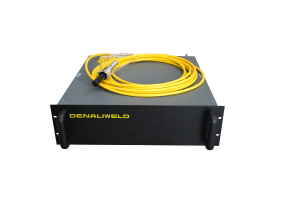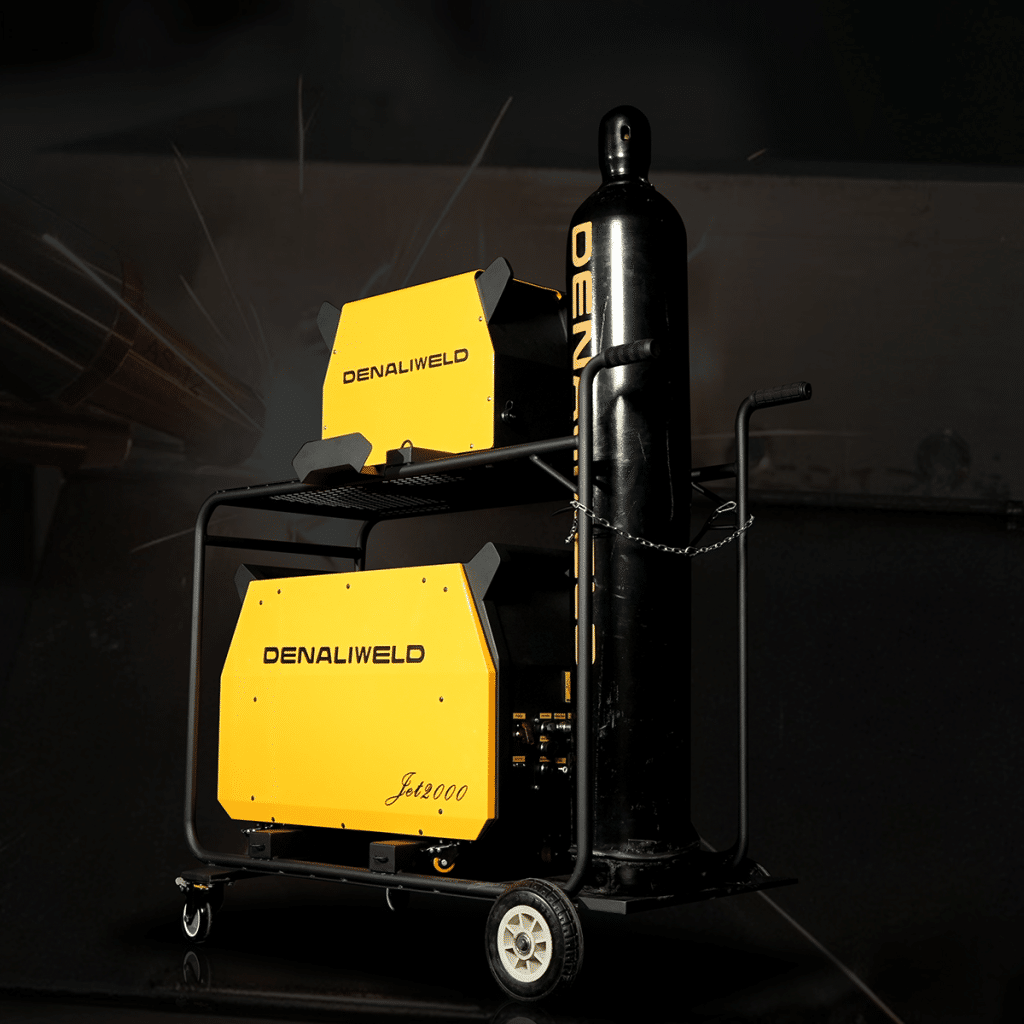Laser welding is a mode of welding in which heat transfer is the primary mode of heat transfer, by using a high-intensity laser to weld materials together. It has become a popular alternative to traditional welding methods due to its accuracy, speed and ability to handle a wide variety of materials. In the past laser welding was only possible with large industrial machines, but as technology advances, lasers are getting smaller in size s, making handheld laser welders more readily available. The question is, can laser welding be done by hand?
The development of laser welding dates back to the 1960s, when the first laser was invented. However, it was not until the 1980s that laser welding became a viable industrial process. In the beginning, laser welding could only be done with large, expensive machines that only a few industries could afford to use. Over time, however, technological advances made it possible to build handheld laser welding machines that were more affordable, smaller in size, and easier for users to use.
Advantages of Laser Welding
The advantages of laser welding are many. First, it creates a much smaller heat affected zone than traditional welding techniques. This means that less material is affected by heat, reducing the potential for distortion and twisting. Second, laser welding is a non-contact process, which means there is no physical contact between the welding tool and the material being welded. This eliminates the risk of contamination and makes it possible to weld materials that would otherwise be impossible to weld. Finally, laser welding is a fast process that produces high quality welds quickly and efficiently.
How does handheld laser welding work?
Handheld laser welding machines work by using a high intensity laser beam to melt the material being welded. The operator can hold the laser head in one hand and guide the laser beam along the joint. The laser beam melts the material and fuses it to the adjacent workpiece. The operator can control the intensity and focus of the laser beam through the laser welder’s control panel, allowing for precise control of the welding process.
The advantages of handheld laser welders are numerous. First, they are more portable than traditional welders and can weld in hard-to-reach locations or remote areas. Second, they are user-friendly and require less training to operate than traditional welders, and technicians with no welding experience can weld the high quality welds that only a welder with years of experience can produce after a short period of training. Finally, they can produce high quality welds quickly and efficiently, s 4-10 times faster than traditional welding methods, making them ideal for production environments where speed is important.
In summary, handheld laser welders have made laser welding possible in a wide range of industries. While they may not be suitable for every welding application, they offer advantages over traditional welding methods in many ways.
As technology continues to advance, handheld laser welders are likely to become more readily available and accessible in the coming years. While there may be limitations to the technology, the advantages of laser welding still make it a better choice for those looking for a fast, accurate and efficient welding process.






